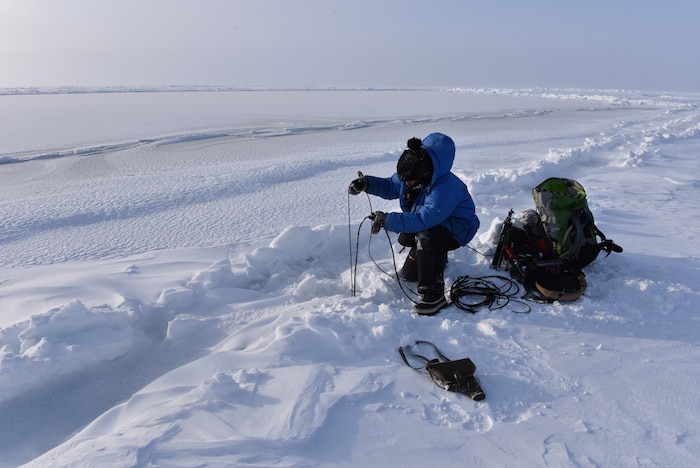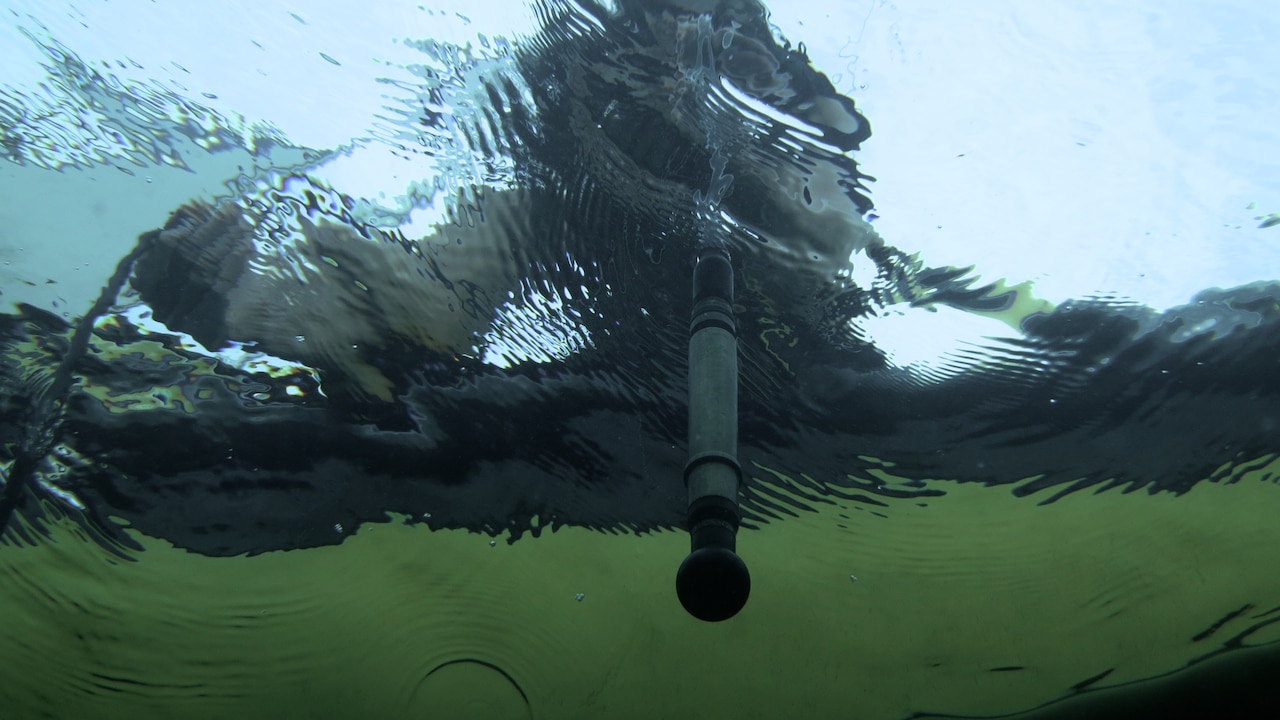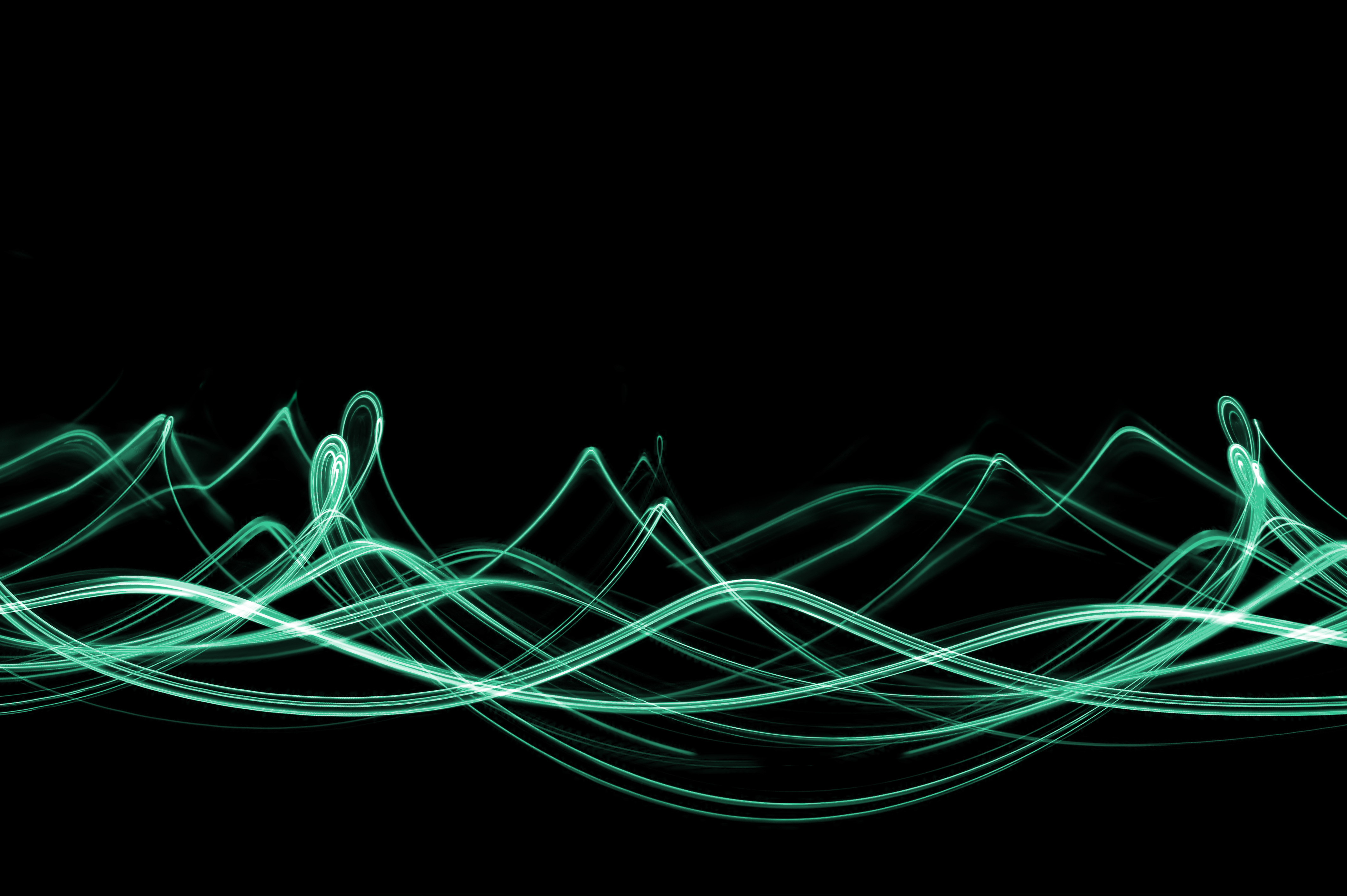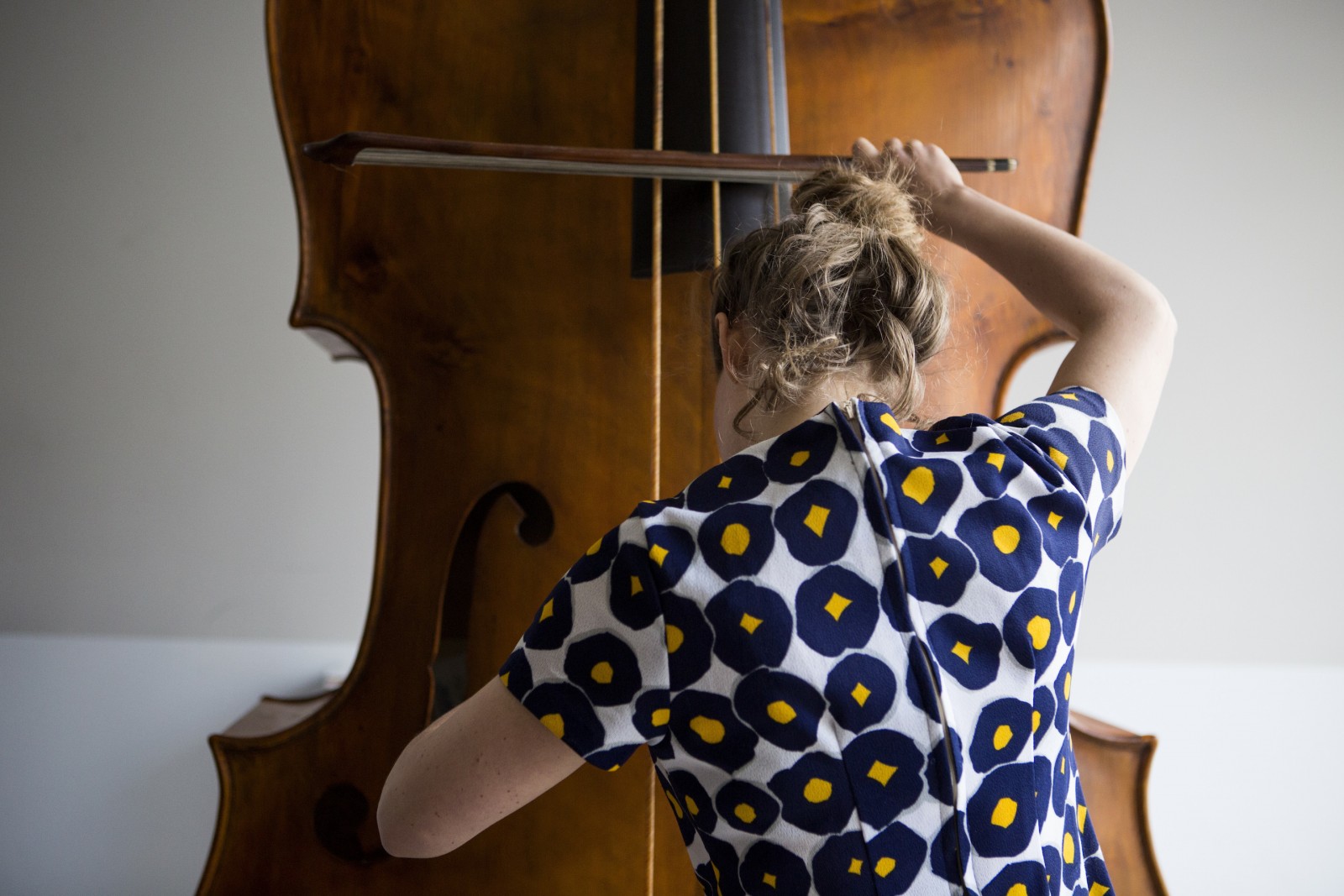Jana Winderen: Recording The World
Andy Battaglia profiles the expert field recordist

“I wanted a close-up recording of those chains without being eaten,” Jana Winderen explains. The expert field recordist is talking about her preferred method for recording snarling dogs. “The Telinga” – her favored brand of parabolic microphone with a trusty reflector dish – “focuses the sound so I can hear in detail something that is 50 meters away. It’s very useful for situations when you can’t get close, like a zoom lens.” It helps when in the presence of unfamiliar canines, she said – “which can be really dangerous in Greenland.”
Winderen’s work has transported her all over, from rivers in Central America to tunnels in New York to masses of land, and air on numerous continents – and even zones where borders remain a mystery. For a new project, still in its early stages, she traveled from her home in Oslo, Norway to visit remote packs of sea ice, floating gnomically around the North Pole. “There’s discussion if they should move the [border for] sea ice further north, which would allow for drilling for oil,” she said.
With others involved in a research project called Dark Ecology, Winderen traveled to areas around the Russian-Norwegian border. In the Russian mining town of Nikel, she saw wild industrial blight. “It is extremely run-down and polluted,” she said. “Because there are no trees, you become extremely aware of the pollution. You see animals with growths because of cancer. It’s really bad.”

In points more remote, reached by transit on a cargo plane, she came upon frozen bergs and sheets of ice that act as vast tracts of land. “You can’t have any skin outside,” Winderen said of temperatures that dipped down to minus 30 degrees Celsius. “You have to cover yourself totally with a mask and layers of gloves. It’s only so long that you can work before the equipment starts to break down.”
Nevertheless, she made recordings there, submerging a hydrophone beneath the sea. Environmental matters are important to Winderen, whose work as an aural observer makes the world around her an instrument. “It’s more than documentation for me,” she said of her raft of recordings. “I think listening is an important sense to be more focused on. All of our senses are connected, and sounds are quite open to associations.”
Winderen works with an arsenal of microphones collected over the years, beginning with a DolphinEar hydrophone (“I don’t use them anymore because the frequency response isn’t that good, but they’re great to start with”) and now including eight different hydrophones made by Teledyne Reson and DPA. Her favorite make of microphone for land is SoundField, and she uses tiny DPA 4060s (“to record little insects and put them inside of bushes”) as well as her trusty Telinga with the parabolic dish.

Presentations of her findings vary in format, from traditional means (CDs and digital downloads via the venerable UK label Touch, as well as cassettes and even a 7-inch single) to bigger, more immersive installations. In New York last year, she oversaw Dive, an ambitious 80-channel setting of underwater sounds and deep blue light in a darkened traffic tunnel through the middle of Manhattan. The year before, her work proved a highlight of Soundings: A Contemporary Score, a storied sound-art show at the Museum of Modern Art.
Now she is at work on a constellation of projects that have her crisscrossing the globe, from France to Latvia to Sweden. Before her current wave of travels, she performed at home in Oslo at the experimental festival Only Connect. In a church, she took up a station in the center of the pews, by a clutch of gear and a mixing board. Her set was made up mostly of aquatic field-recordings from her installation Dive: sloshing waves, whales that seemed to be yelling and laughing at themselves, shrimp that click their claws in tones that turn frantic and loud. It was an otherworldly assemblage from the world we all inhabit.
After the performance, Winderen spoke of wanting to return to the North Pole, recordings of which made up a short prelude to her otherwise Dive-minded show. “I really want to figure out what is going on up there,” she said. “I need to go to these places to figure out what it feels like, what it sounds like, what exactly is happening. Sound always gives you a feeling that something is actually happening.”

